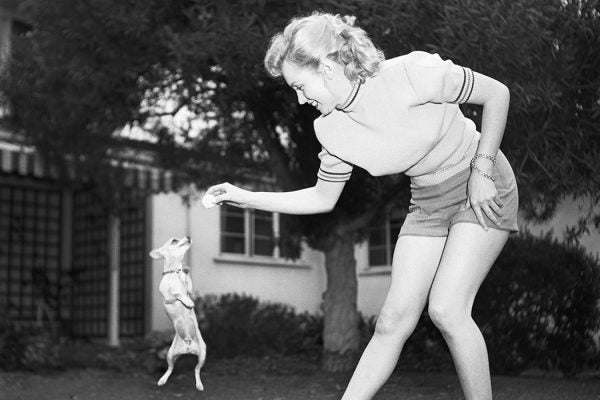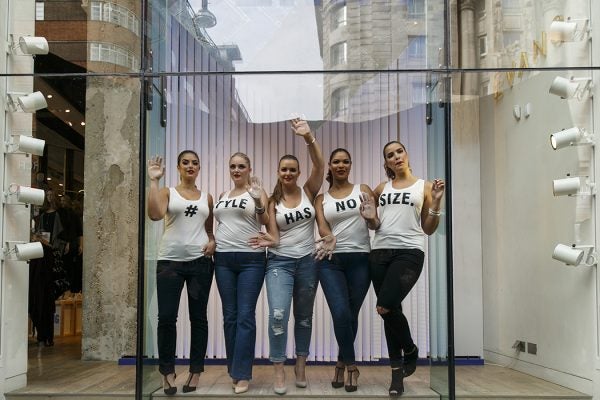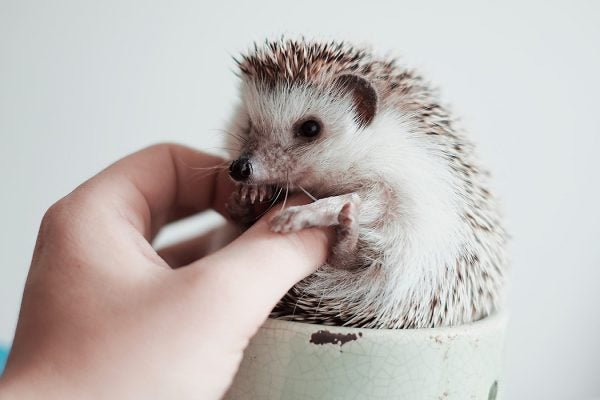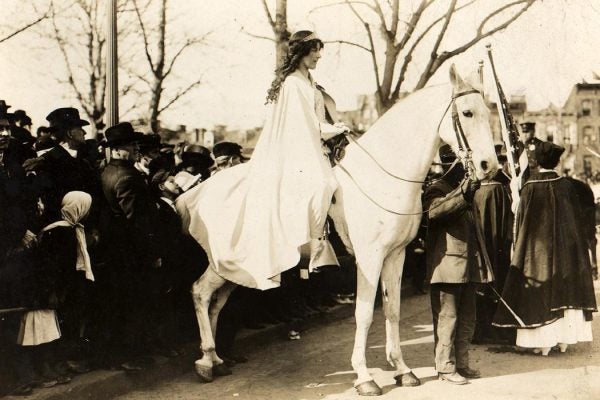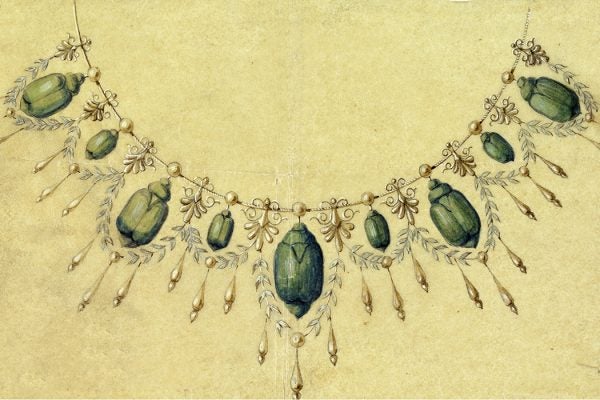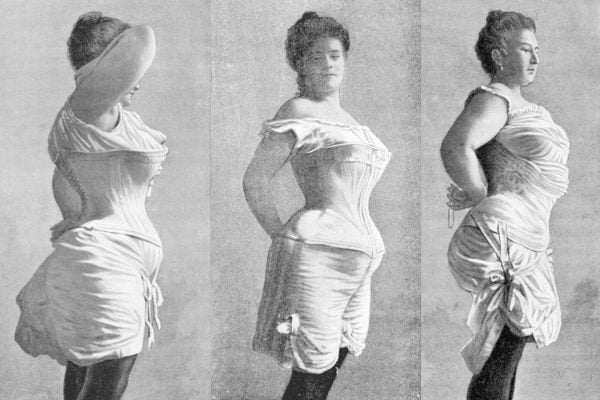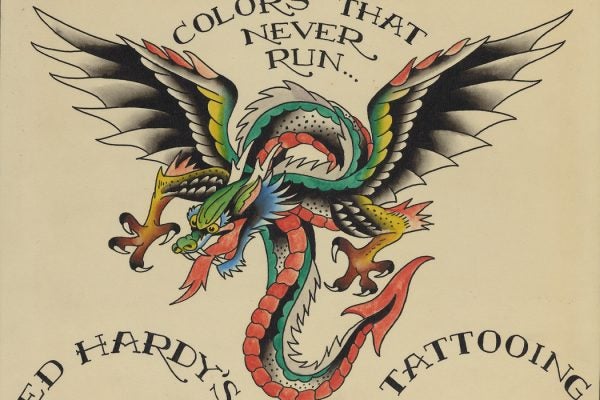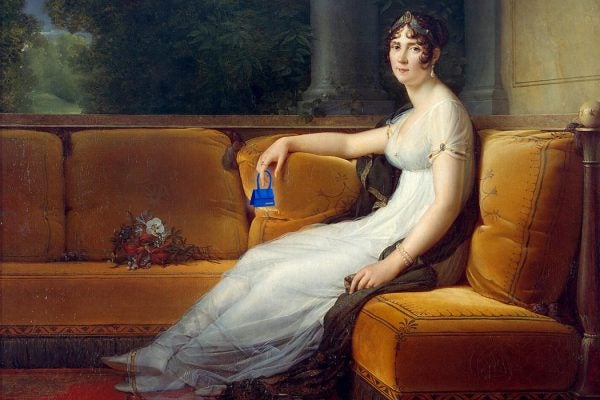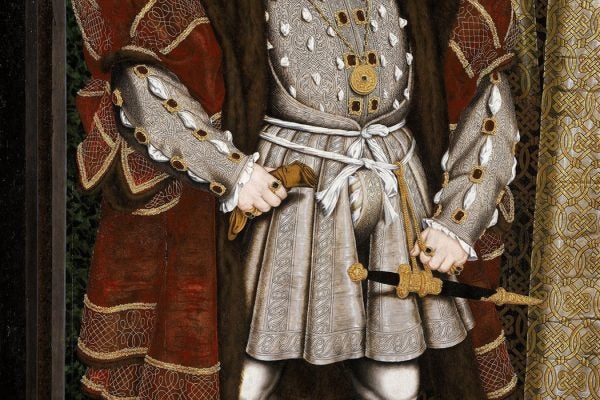How Hollywood Sold Glamour
The complicated notion of glamour in classic Hollywood, suggesting that stars were aloof and unknowable, was also a means to sell products.
World War I Austerity Couldn’t Stop the Fashion Show
To the designer Lucile, luxury consumerism was a virtue as wartime economies struggled.
How Body Positivity Coexists with Fat Shaming
Retail workers at a plus-size clothing store had to promote the contradictory messages that every body is beautiful and that being fat is bad.
Biomimicry Comes for the Noble Hedgehog
Inventors often use animals' adaptations to the environment in applications that benefit humans, from sharky swimsuits to hedgehog-inspired helmets.
Why Did the Suffragists Wear Medieval Costumes?
Medieval costume was a standard feature of US women’s suffrage parades, often with one participant designated as Joan of Arc.
Insect Jewelry of the Victorian Era
The wing-cases of gold-enameled weevils hung from necklaces; muslin gowns were embroidered with the iridescent green elytra of jewel beetles.
How Colonialism Shaped Body Shaming
When did heaviness and curviness in women become connected with the idea of "savagery"? It has a lot to do with 19th-century imperialist world views.
Ed Hardy Changed Tattooing Forever
Trained as a printmaker, this artist helped change American tattooing from a fringe behavior into an art form people use to express themselves.
A Mini History of the Tiny Purse
The purse has always been political, a reflection of changing economic realities and gender roles.
The Codpiece and the Pox
A brief history of the codpiece, that mysterious garment favored by 16th-century gents who just may have been covering up their cases of syphilis.
